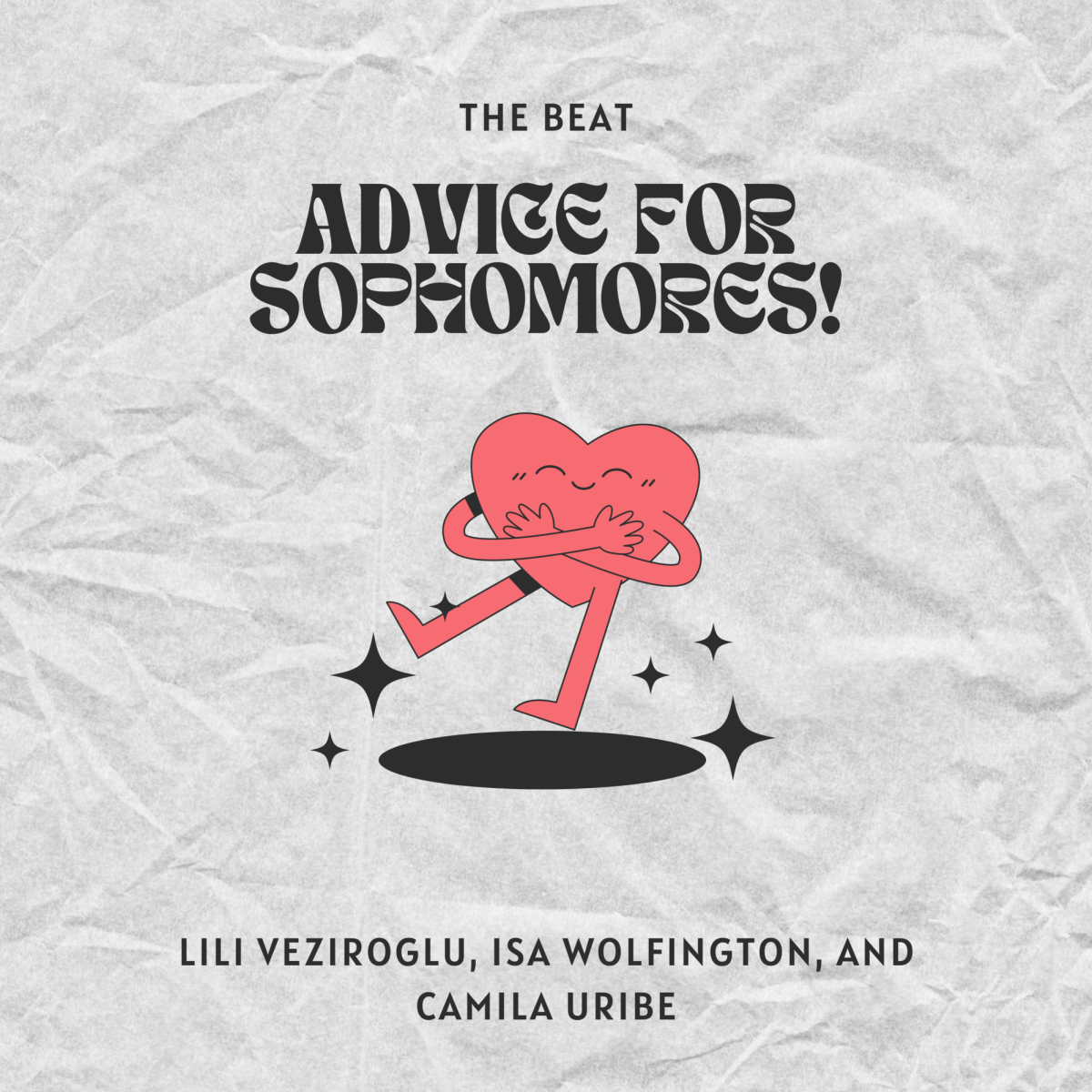It seems like all students at the Upper School can ever hear about are the evils of social media. From a Bored & Brilliant challenge aimed at reducing our cell phone use, to Sister Kehoe’s mental health lecture, to Ms. Consuegra’s “no phones at school” rule, students are constantly bombarded with messages reflecting the negatives of emerging technology.
Yet even in the face of these warnings, it would be difficult to find a Carrollton girl with an average daily screen time of less than three hours.
Is social media really nothing more than a site of unfair comparisons and cyberbullying, or can it be a positive tool for social interaction? In the digital age, people seeking to dispel their loneliness more often resort to joining Facebook groups or following Instagram pages than meeting new friends in person.
While some could view this trend as a sad development, indicative of Gen Z’s deficient social skills, others see it as a more convenient way of showing solidarity and building community.
In Robert Weiss’s behavioral study at the University of Southern California, interviews found that most people who use social media as a supplement to, not a replacement for, social interaction found that it helped them feel less lonely. Upper School students concur with Weiss’s thesis.
“If you let technology control your life, it will destroy your mental health,” said Andrea Lopez ‘24, “but if you use it as a tool it will help you. People are being dramatic by generalizing and saying that all technology is bad.”
It is undeniable that social media can have destructive effects on adolescents’ mental health. Weiss’s study also found that those who supplanted all social interaction with digital media did see an increase in feelings of loneliness and desperation.
When asked about social media’s negative effects, Ava Gonzalez ‘24 said that “social media oftentimes can distort our reality and can harm our mental health, and that’s why it’s important to use it wisely.”
As Sister Kehoe said during her guest lecture, parenting in the 21st century is complicated by the existence of unfamiliar technologies that adults don’t know how to react to. Some respond to new technology by giving their children free rein, buying iPads or cell phones for their three-year-olds or giving their children unlimited Netflix access. Others respond in the opposite extreme, banning their children from owning social media until they receive a college acceptance letter. Most parents, however, attempt to walk the line between excessive freedom and draconian tech rules.
When asked how parents should best support their children in the digital age, Emma Aviño ‘27 said, “Social media can be addictive, which is bad … but parents sometimes use social media as an excuse for why their kids are sad or blame it for their kids’ mental health issues, and that’s an overreaction.”
There is no straightforward answer to the question of how best to use social media. Still, it is an inevitable part of modern life. Moving forward, conversations about social media use and mental health should be grounded in research and aim to acknowledge the multifaceted nature of this new technology.
While concerns about social media’s mental health impacts are entirely legitimate, it is important to avoid fear mongering or blanket statements that will alienate the teenage population. As a community, Carrollton should aim to utilize open and informed dialogue as a means of encouraging productive social media use.







































Sunné Clarke • Jan 10, 2024 at 8:35 am
This is a great article with excellent points! Loved it!